Art Deco Hardware in Interior Design
Art Deco is a style that originated in France and is characterized by a strong emphasis on geometric shapes, bold colors, and decorative patterns. The style was popular in the 1920s and 1930s and has had a lasting influence on art, design, and architecture. One of the most striking elements of Art Deco is the use of bold decorative hardware, which adds a touch of glamour and luxury to any interior. In this article, we explore the bold elements of Art Deco hardware in interior design and how it can be used to create a stunning and sophisticated look.
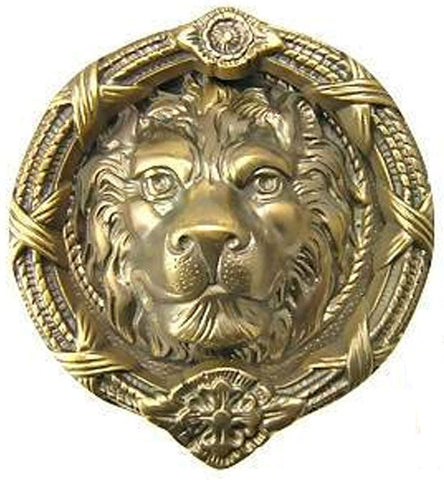
The Origin of Art Deco:
Art Deco originated in France in the early 20th century, but its influences can be traced back to the Art Nouveau movement that emerged in the late 19th century. Art Deco was a reaction to the ornate and organic Art Nouveau style, which was characterized by flowing curves, natural forms, and floral motifs. Art Deco, on the other hand, was inspired by the machine age, and its designs featured geometric shapes, streamlined forms, and a focus on industrial materials.
The bold style of Art Deco was a reflection of the cultural changes that were happening at the time. The era of Art Deco was marked by a sense of optimism, progress, and modernity. The world was changing rapidly, with new technologies, new industries, and new ways of life. Art Deco was a celebration of this new world, and its designs reflected the confidence and energy of the era.

Art Deco Hardware:
One of the most striking elements of Art Deco is the use of bold decorative hardware. Art Deco hardware is characterized by its geometric shapes, bold colors, and luxurious materials. Door handles, drawer pulls, hinges, and other hardware were often made from metals such as chrome, brass, or bronze, which were polished to a high shine. These metals were often combined with exotic materials such as ivory, tortoise shell, or mother of pearl to create a luxurious effect. Art Deco hardware was designed to be a decorative element in itself. Rather than being hidden away, it was meant to be seen and admired. Hardware was often used in multiples to create a striking visual effect. Drawer pulls, for example, might be used in groups of three or four to create a geometric pattern on a piece of furniture. Door handles might be oversized and shaped like a stylized animal or plant form.
The use of bold hardware was not limited to furniture. Art Deco architects also incorporated decorative hardware into their buildings. Doors, windows, and other elements of the building were often adorned with bold and colorful hardware. This created a cohesive effect that tied the building's interior and exterior together.
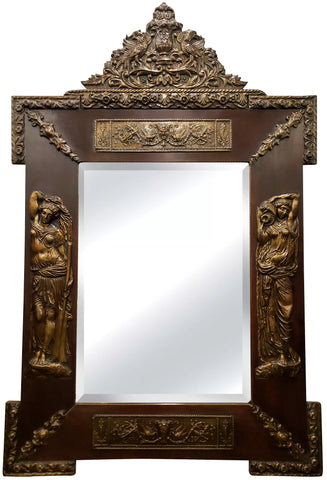
How to Incorporate Art Deco Hardware in Interior Design:
Art Deco hardware can add a touch of glamour and luxury to any interior. Here are some tips on how to incorporate this bold style into your home.
- Choose High-Quality Materials: Art Deco hardware is all about luxury and quality. Choose materials such as polished brass, bronze, or chrome for your hardware. These materials will add a shine and sparkle to your interior.
- Pay Attention to the Details: Art Deco hardware is all about the details. Choose hardware with bold geometric shapes or stylized forms. Look for pieces that have intricate details such as engraved patterns or inset stones.
- Mix and Match: A significant part of Art Deco style is mixing and matching different materials and textures. Don't be afraid to mix metals or combine hardware with different materials such as ivory or wood.
- Use Hardware in Unexpected Ways: Art Deco hardware doesn't have to be limited to furniture. Use bold hardware in unexpected ways such as on light fixtures or as a decorative element on a wall.
- Create a Cohesive Look: To create a cohesive look, choose hardware that complements your overall interior design. If you have an Art Deco-inspired interior, choose hardware that has a similar style and feel.

Examples of Art Deco Hardware in Interior Design:
Art Deco hardware can be used in a variety of ways to add a touch of glamour and luxury to any interior. Here are some examples of how Art Deco hardware has been used in interior design.
- Door Handles: Art Deco door handles are a perfect example of how decorative hardware can be used to create a bold and striking effect. These door handles feature a stylized design with curved and angular shapes. The polished brass material adds a touch of luxury to the interior.
- Light Fixture: The Art Deco-inspired light fixture features bold geometric shapes and a polished brass finish. The use of bold hardware adds a touch of glamour to the interior while the geometric shapes create a sense of cohesion with the overall design.
- Drawer Pulls: The Art Deco-inspired drawer pulls feature a bold and stylized design. The use of polished chrome adds a modern and luxurious feel to the interior.
- Cabinet Hardware: The Art Deco-inspired cabinet hardware features a combination of polished brass and tortoise shell. The use of exotic materials adds a touch of luxury to the interior while the bold geometric shapes create a sense of cohesion with the overall design.
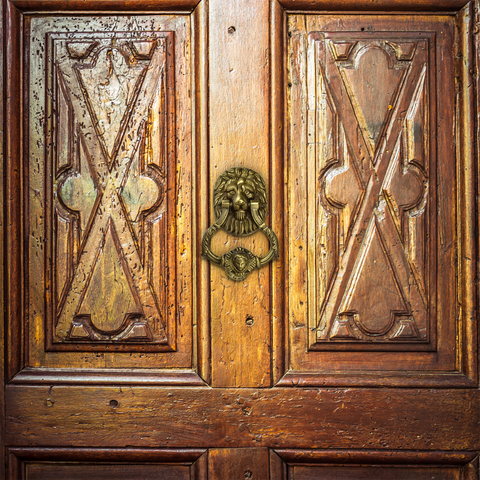
Art Deco hardware is a bold and striking element of interior design. Its use of geometric shapes, bold colors, and luxurious materials adds a touch of glamour and luxury to any interior. Art Deco hardware can be used in a variety of ways, from door handles to light fixtures, to create a cohesive and sophisticated look. By paying attention to the details and using hardware in unexpected ways, you can create an Art Deco-inspired interior that is both modern and timeless.




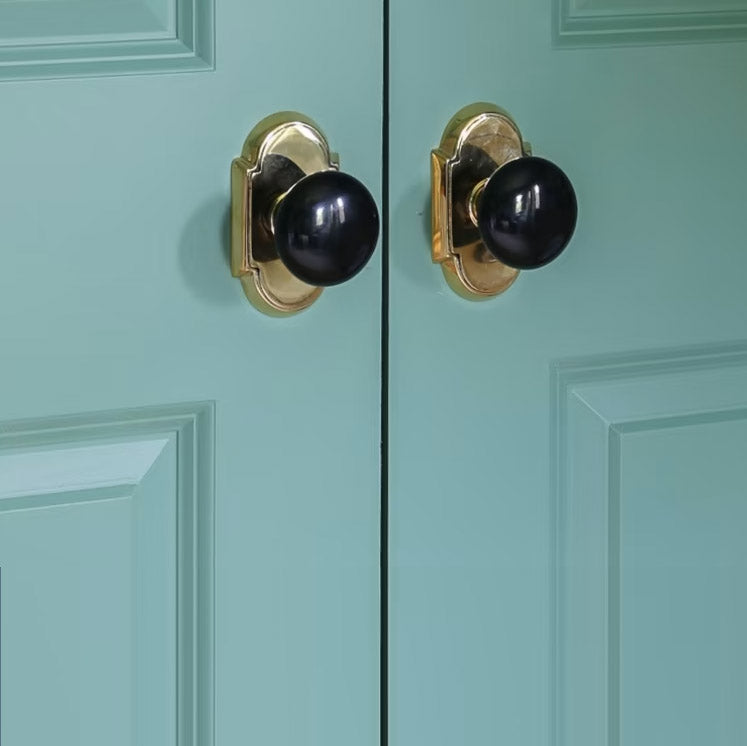
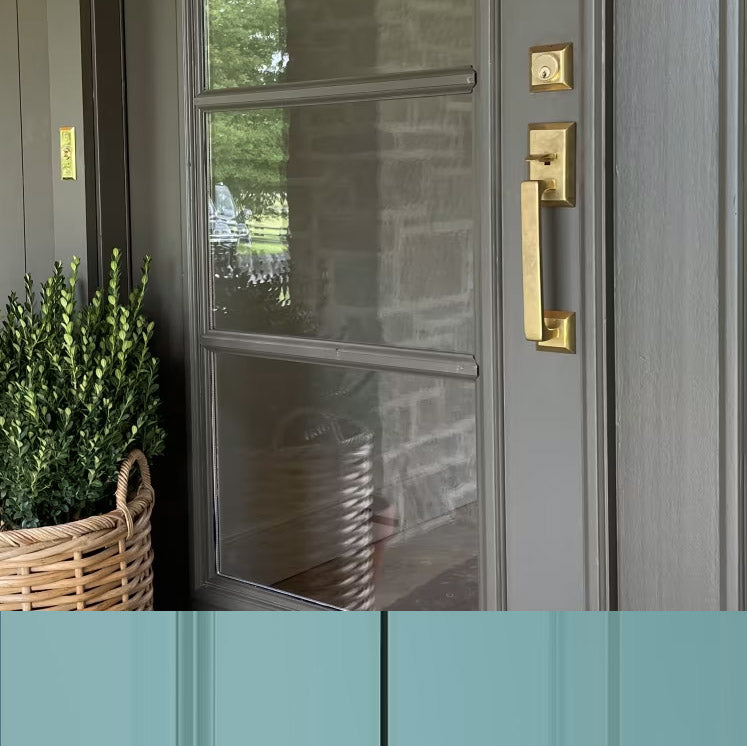
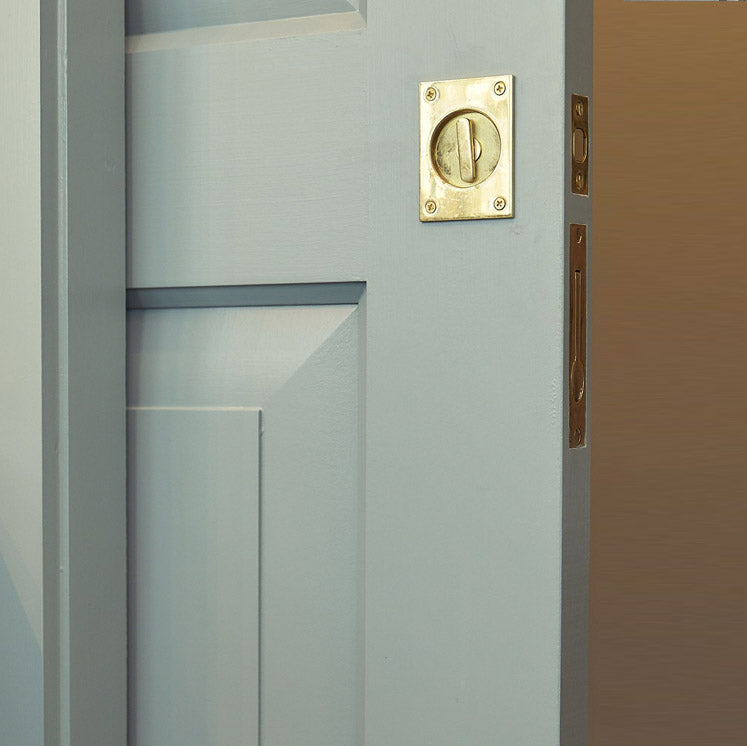

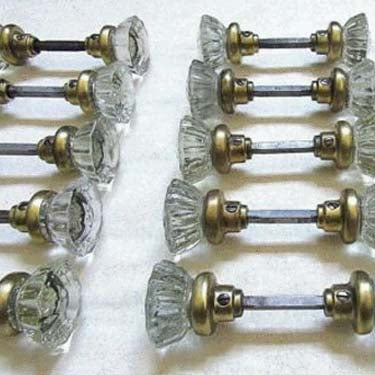

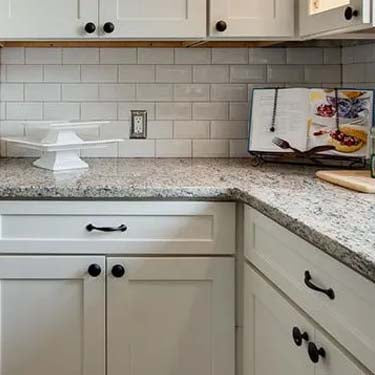


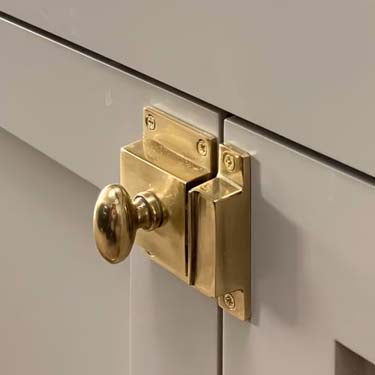
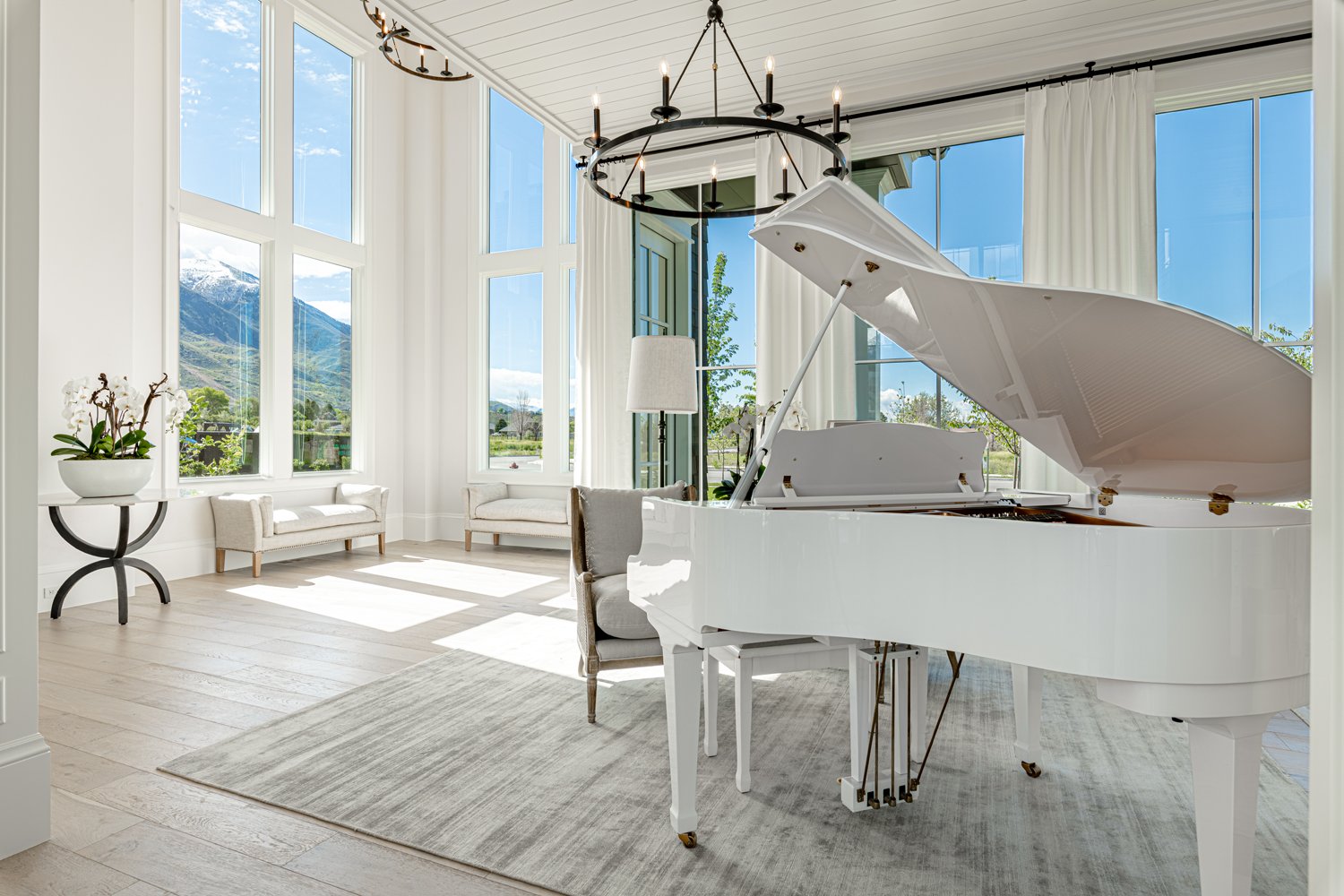
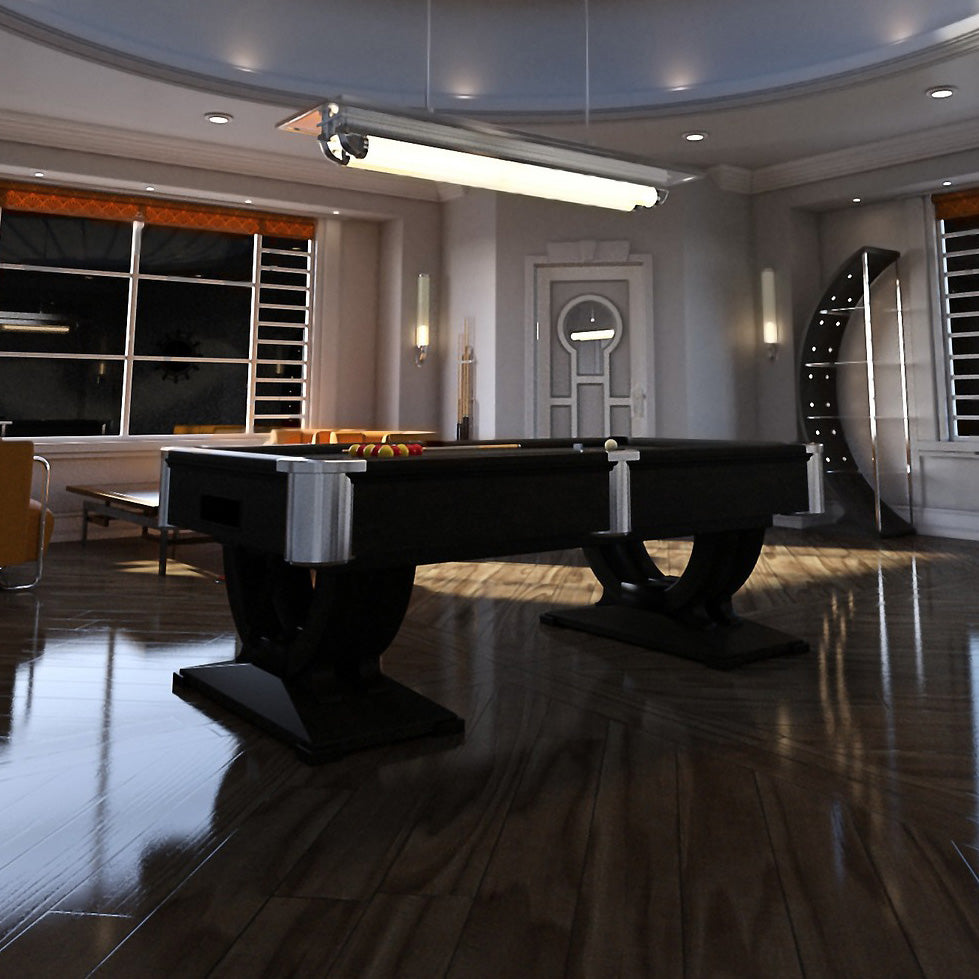
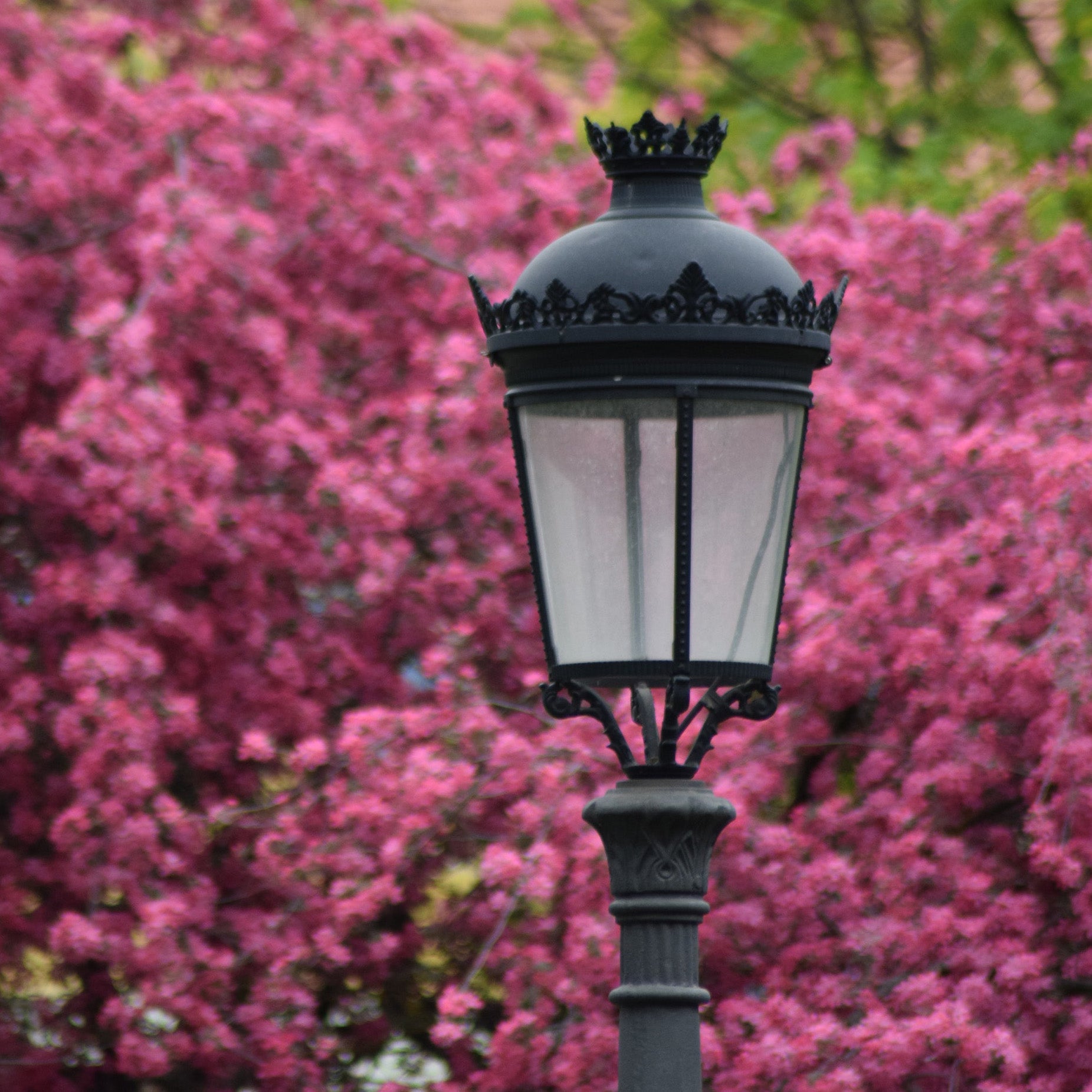

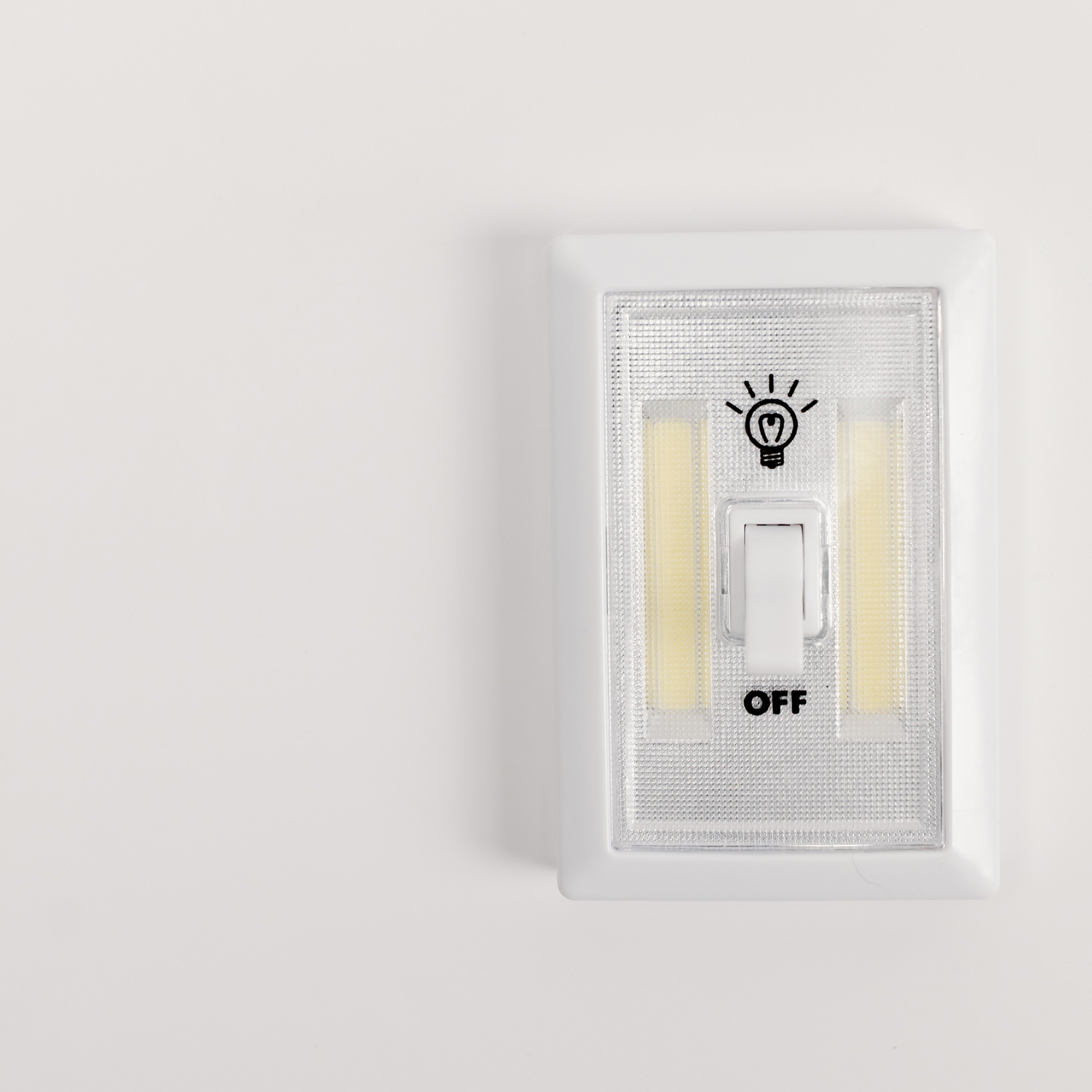
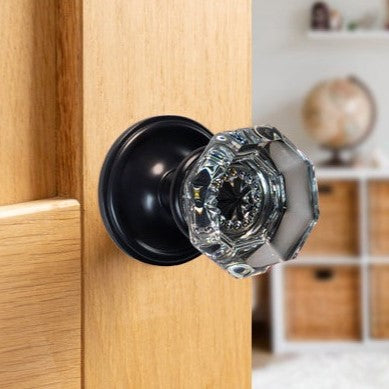

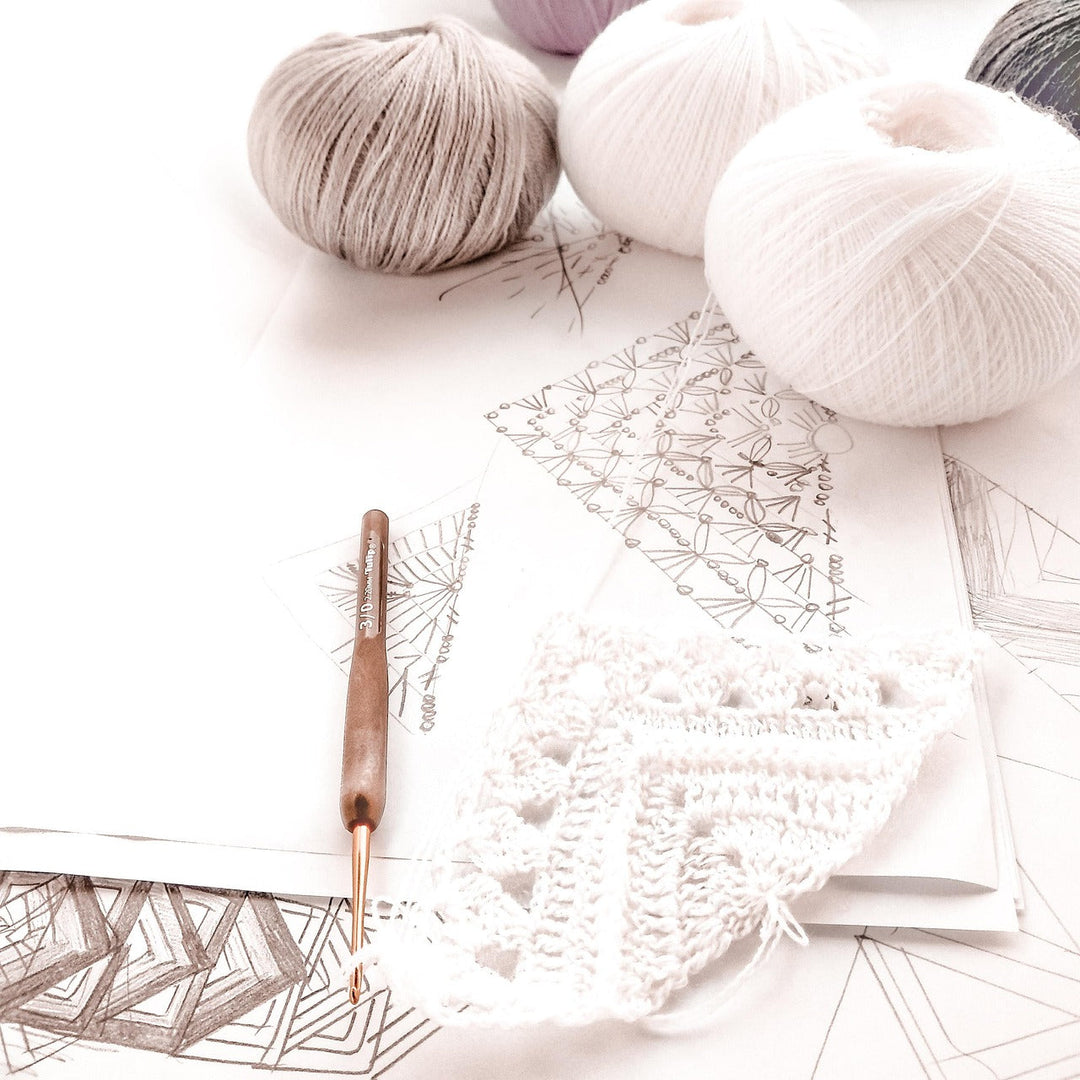
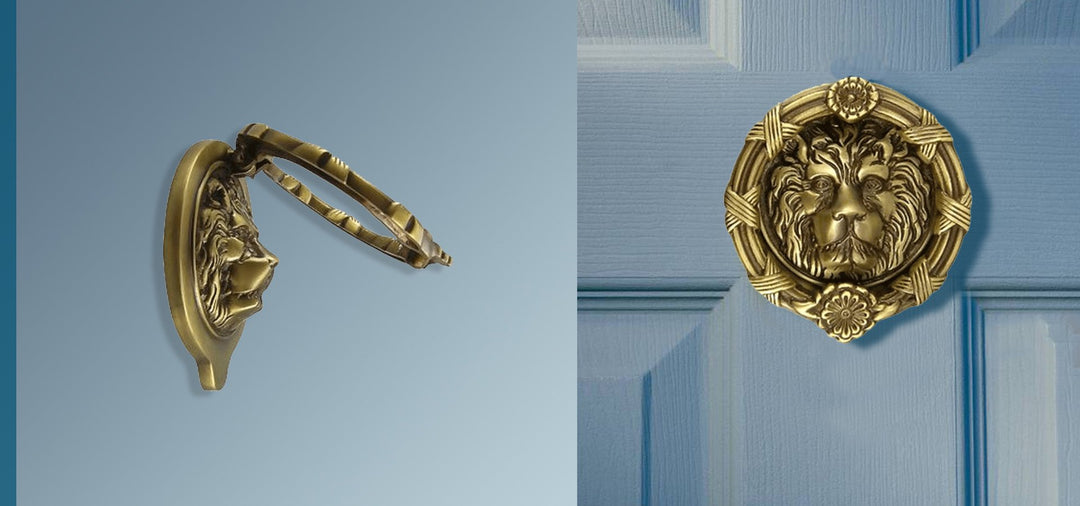
Leave a comment